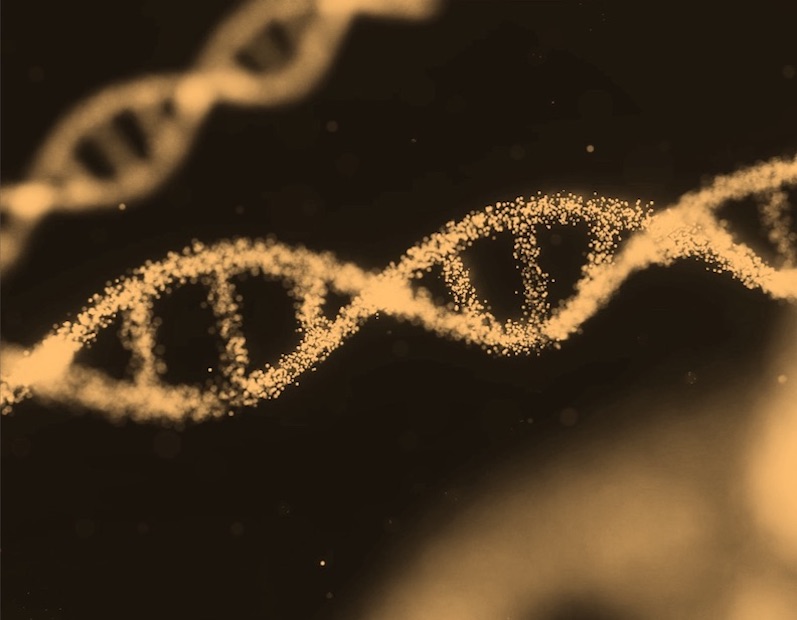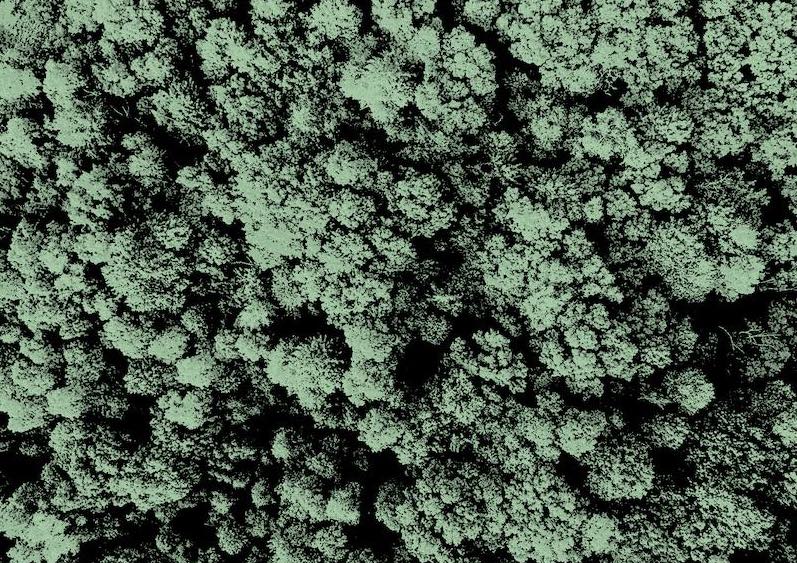What is it about?
The stable carbon isotope composition (δ13C) of dissolved inorganic carbon (DIC) traces many biogeochemical processes in large river estuaries and adjacent coastal seas. To better understand the dynamics of DIC and its isotope composition (δ13C_DIC) responding to floods and cold waves in the outer Yellow River Estuary and adjacent Laizhou Bay and central Bohai Sea, seven field surveys were conducted in summer and autumn of 2021 and 2022.
Featured Image
Why is it important?
Interannual variations in carbonate chemistry and δ13C_DIC were investigated. In the outer Yellow River Estuary, distributions of DIC and δ13C_DIC had little difference before and after an artificial flood, although water mixing dominates spatial variations of carbonate chemistry and stable isotopic composition in summer. The excess carbonate relative to a simplified two-endmember water-mixing was likely caused by the release of bicarbonate ions from the sediment and/or coastal wetlands over the Yellow River Estuary. In contrast, metabolic processes significantly affected the changes in DIC and δ13C_DIC in the adjacent central Bohai Sea. In 2022, δ13C_DIC in Laizhou Bay was lighter than that in 2021, while δ13C_DIC in the central Bohai Sea was heavier than that in 2021. This can be attributed to the wintertime super cold waves at the beginning of 2021 that affects the Bohai Sea and an unusual autumnal flood in 2021 that affects the Laizhou Bay. Both events make δ13C_DIC lighter (over half a year later) at given salinity with negligible changes in DIC concentrations. Our results also revealed that the lower reach of the Yellow River Estuary was a source of atmospheric CO2 in summer. Although the quick transport of terrestrial nutrients caused by the artificial water-sediment regulation did not promote net community production soon, likely owing to high turbidity and relatively short residence time before our July cruises, the unusual autumnal flood likely transported much more nutrients into the Estuary and triggered algal blooms and turned it into a sink area of the atmospheric CO2 in autumn. These findings provide fundamental information and new insights that support better understanding the complexity of the carbonate chemistry and isotope geochemistry dynamics in this ocean margin.
Perspectives
• Multiple processes dominate coastal carbonate and isotope dynamics. • Both cold wave and flood affect the interannual variation in coastal δ13CDIC. • Both the Lower Yellow River and its outer estuary are carbon sources in summer.
Dr Wei-Dong Zhai
Southern Marine Science and Engineering Guangdong Province Laboratory (Zhuhai)
Read the Original
This page is a summary of: Carbonate and isotope chemistry in the outer Yellow River Estuary and beyond: Effects of flood and cold wave on interannnual variations in coastal stable carbon isotope, Marine Chemistry, March 2025, Elsevier,
DOI: 10.1016/j.marchem.2025.104486.
You can read the full text:
Contributors
The following have contributed to this page







